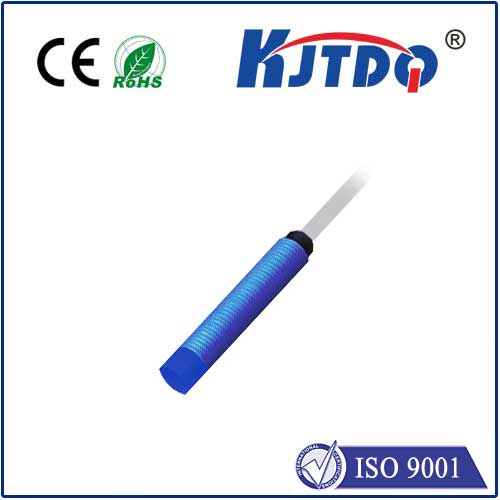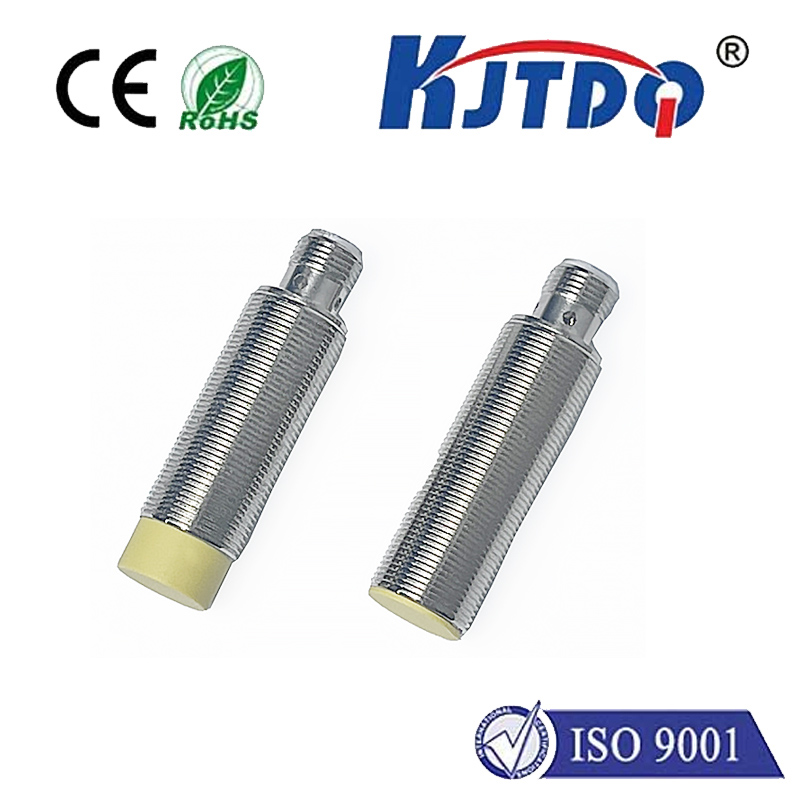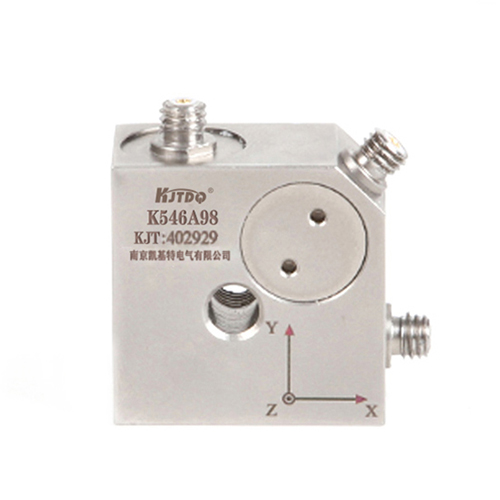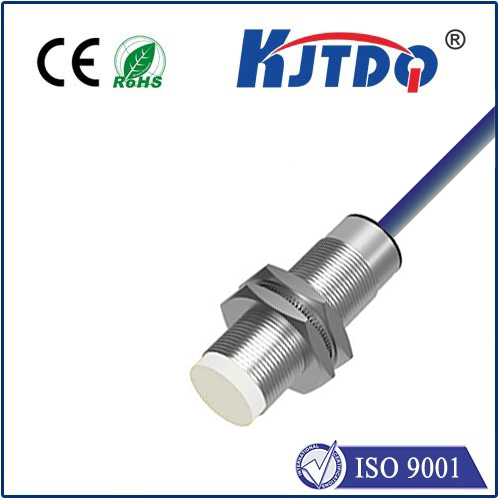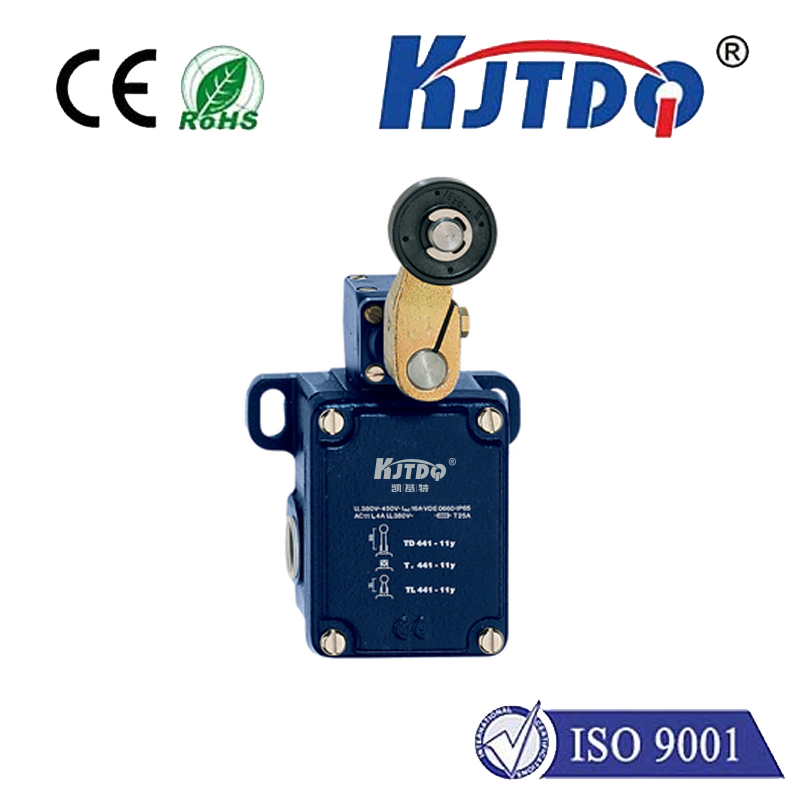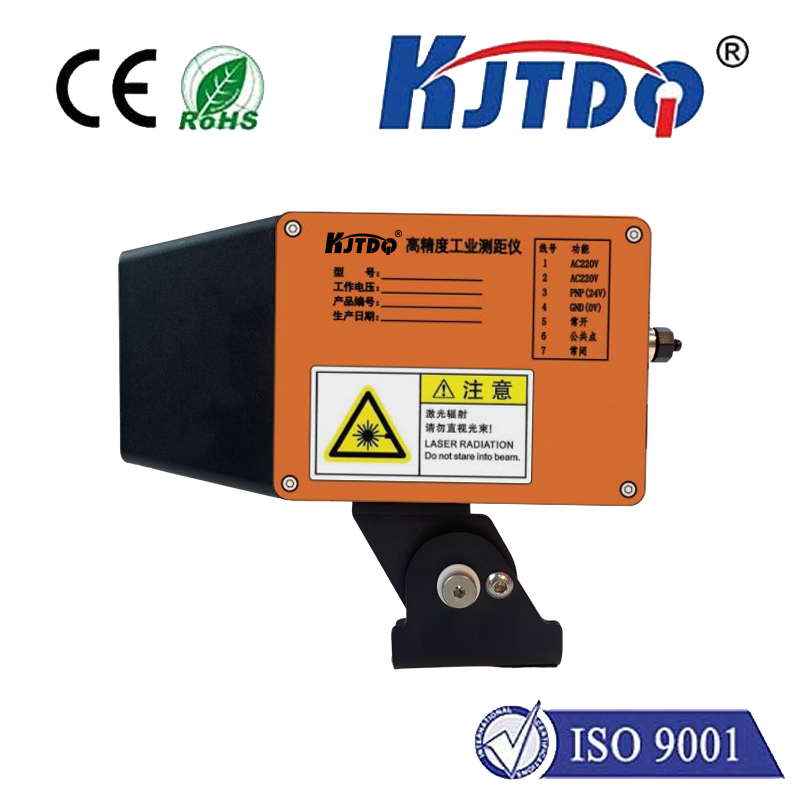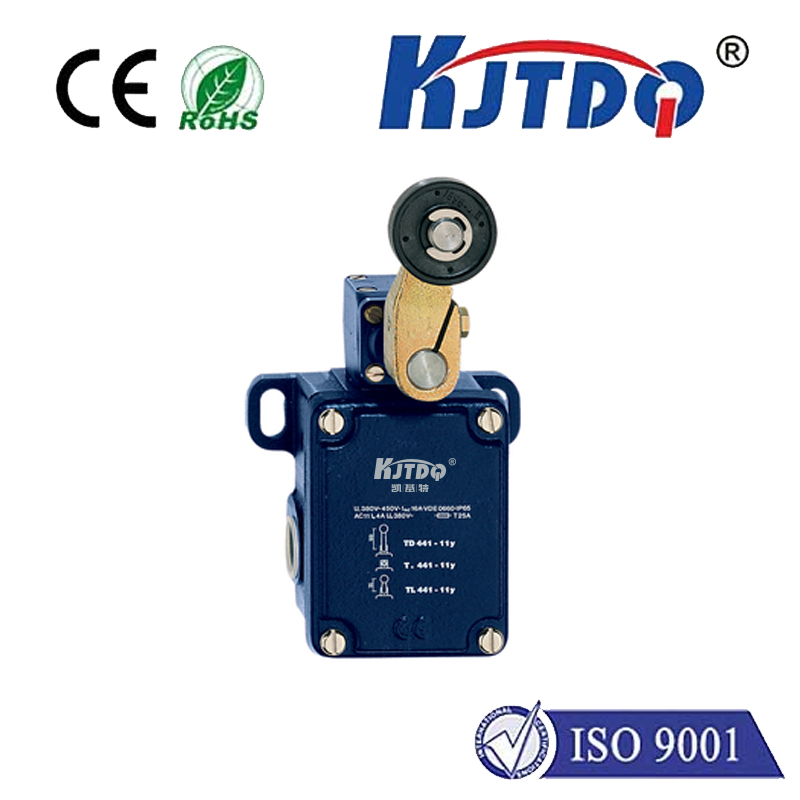Миниатюрный ограничительный переключатель
- time:2025-09-14 01:56:29
- Нажмите:0
Micro Limit Switches: The Tiny Titans of Precision Control
Invisible orchestrators of our mechanized world, micro limit switches quietly dictate boundaries, trigger actions, and safeguard processes. Don’t let their diminutive size fool you; these compact electro-mechanical workhorses are fundamental components within countless devices and industrial systems, ensuring precision, reliability, and safety. Understanding their function, versatility, and selection criteria is crucial for engineers, designers, and anyone involved in automation or machinery.
Decoding the Micro Limit Switch: Small Package, Big Function
At its core, a micro limit switch is a snap-action switch designed to detect the presence or absence of an object, or to monitor the position or movement limits of a mechanism. The “micro” designation primarily refers to its small physical size and often its low-operating force requirements, not necessarily its electrical capacity. They typically consist of:
- Actuator: The physical component contacted by the target object (e.g., roller lever, plunger, whisker, paddle).
- Snap-Action Mechanism: Provides a rapid, positive opening or closing of electrical contacts when the actuator moves past a specific point, ensuring a crisp, clean switching action regardless of actuator speed. This is critical for preventing arcing and ensuring long contact life.
- Electrical Contacts: The internal switching elements (Common ©, Normally Open (NO), Normally Closed (NC)) that open or close the circuit in response to actuator movement.
Why Choose a Micro Limit Switch? Key Strengths

Their enduring popularity stems from several inherent advantages:
- Precise Switching Point: The snap-action mechanism delivers extremely consistent actuation and release points, vital for accurate positioning and repeatable operations.
- High Repeatability: High-quality micro switches can withstand millions of cycles reliably, making them ideal for applications with frequent actuation.
- Tactile Feedback: The distinct “click” provides audible and sometimes tactile confirmation of actuation, invaluable for setup and troubleshooting.
- Compact Size: Their small footprint allows them to be integrated into tight spaces where larger switches wouldn’t fit.
- Robustness: Despite their size, they are often built to withstand demanding environments, including exposure to dust, moisture (with appropriate sealing/IP ratings), and moderate mechanical shock/vibration.
- Electrical Versatility: Available in a wide range of current and voltage ratings (AC and DC), suitable for pilot duty (controlling relays/solenoids) and, in some cases, controlling small loads directly.
- Cost-Effectiveness: They offer a reliable and precise switching solution at a relatively low cost.
Ubiquitous Presence: Where Micro Limit Swifts Shine
The applications for micro limit switches are remarkably diverse:
- Industrial Automation & Machinery: Position sensing on assembly lines, end-of-travel limits for actuators and slides, door/interlock safety systems on machines, robotic arm positioning, material handling equipment limits.
- Автомобильная промышленность: Position feedback in power seats, windows, sunroofs, hood/trunk latches, brake pedal position sensing, transmission selectors.
- Consumer Electronics & Appliances: Door/drawer interlocks on washing machines, dryers, microwaves, and ovens; paper feed sensors in printers/copiers; level indicators in coffee makers; safety cut-offs in power tools.
- Medical Equipment: Position feedback in hospital beds, adjustable patient lifts, diagnostic equipment components, drug delivery devices (ensuring correct positioning).
- HVAC Systems: Duct damper position detection, filter status monitoring, safety cut-offs.
- Vending Machines & Kiosks: Product dispensing verification, door open/close detection, coin/money mechanism sensing.
- Воздушно - космические и Оборона: Precision position feedback in control surfaces, landing gear indicators, access panel monitoring.
Selecting the Right Micro Switch: Critical Considerations
Choosing the optimal micro limit switch for your application involves evaluating several factors:
- Actuator Type: This is paramount. Does the target object contact vertically (Plunger), horizontally (Roller Lever, Simulated Roller Lever), or require sweeping action (Whisker, Wobble Stick)? Consider the object’s shape, speed, and approach angle.
- Operating Force & Travel: What force will be applied to the actuator? How much physical travel (pre-travel and over-travel) is required or available before and after actuation? Selecting a switch with adequate overtravel capability is vital for long-term reliability, absorbing potential mechanical shock beyond the actuation point.
- Electrical Rating: What voltage and current (AC and DC) will the switch need to handle? Always derate for inductive loads (motors, solenoids). Consider the maximum breaking capacity.
- Environmental Conditions: Will the switch be exposed to dust, dirt, liquids, extreme temperatures, or corrosive chemicals? Choose an appropriate IP (Ingress Protection) rating and consider material compatibility (e.g., stainless steel actuators/housings for harsh environments, specialized seals).
- Terminal Type & Wiring: Quick-connect spade terminals, solder terminals, or lead wires? Consider ease of installation and maintenance.
- Electrical Configuration: Do you need SPDT (Single Pole, Double Throw - common, NO, NC), SPST (Single Pole, Single Throw - NO or NC), or a different configuration?
- Долговечность: Expected number of operational cycles? High-cycle applications demand switches engineered explicitly for long life.
- Mounting: How and where will the switch be physically secured? Consider mounting hole patterns and bracket requirements.
Installation & Best Practices: Ensuring Peak Performance
Proper installation is crucial for achieving the longevity and reliability micro switches are known for:
- Secure Mounting: Ensure the switch body is rigidly fixed to minimize vibration-induced false triggering or mechanical stress. Use all provided mounting points.
- Align Actuator: The operating object must contact the actuator as intended, applying force correctly down the plunger axis or perpendicular to a lever arm. Misalignment causes premature wear or failure. Proper actuator alignment is non-negotiable for optimal performance.
- Respect Overtravel: Never mechanically limit the actuator’s movement after actuation has occurred. The design requires this overtravel to ensure the snap-action mechanism fully completes its action and the contacts settle securely. Restricting overtravel drastically reduces switch life.
- Avoid Overloading: Exceeding the rated electrical load will quickly destroy contacts. Exceeding the rated mechanical force will damage the actuator or internal mechanism. Always check specifications.
- Environmental Protection: Ensure seals (where present) are properly seated and undamaged. Use protective covers or boots if necessary for specific hazards like welding spatter or high-pressure washdowns.
- Pre-Travel Adjustment: Some switches allow for fine-tuning of the actuation point via pre-travel adjustment screws. Use carefully according to manufacturer guidelines.
From ensuring your microwave door stops radiation to guaranteeing an industrial robot arm doesn’t exceed its safe travel limits, micro limit switches are indispensable components. Their combination of precision, reliability, compactness, and cost-effectiveness makes them a go-to solution for designers and maintenance engineers worldwide. By understanding their principles, strengths, and selection criteria, you can effectively harness the power of these tiny titans of control to build safer, more reliable, and more efficient systems.

